September.
That was when I saw the first ‘holiday’ themed products in my supermarket (and yes, I mean the twinkling-lights, snow-covered, jolly fat-man type holiday),
And I know I’ll start seeing Valentine’s displays soon.
As a consumer it drives me a little crazy.
As a writer, it’s a great reminder.
- Holidays are part of the fabric of our lives
- It pays to plan ahead if you’re creating something with a date-related theme!
Why Include Holidays?
When it comes to end-of-year holidays my personal bias is towards Christmas & New Year, but there are so many other holidays to celebrate. Which will you choose?
The great things about including a holiday in a story are:
- They are evergreen: you can recycle them every year! (Think about how rich Maria Carey has become from that one song…)
- They are universal: no matter what culture we come from we all have those days where people come together, eat too much, face family members and friends they don’t really want to see, see people they haven’t seen for years, have fights, make up, fall in love, and get nostalgic.
- It’s an instant character-motivation-creator: around a holiday you always have some people who are sad, some people are excited, and some people who are a little too into it…
- If you are writing in a secondary or fantasy world, including this universal human experience in your story enriches the culture you’re creating. It feels real when your characters’ lives are complicated by ritual events they may have strong feelings about (even if it’s just to be frustrated at the interruption to their quest!)
Instant Drama
One of the best ways to get to know people is to see how they act under stress.
One of the best ways to stress your characters and find out who they are, is to throw them into the mix with people they wouldn’t necessarily choose to be with.
Can you think of a better way to do that, than to send them a holiday party? 😉
What holiday will you include in your next story? Is it real or fictional? What is your favorite holiday? Leave a comment!



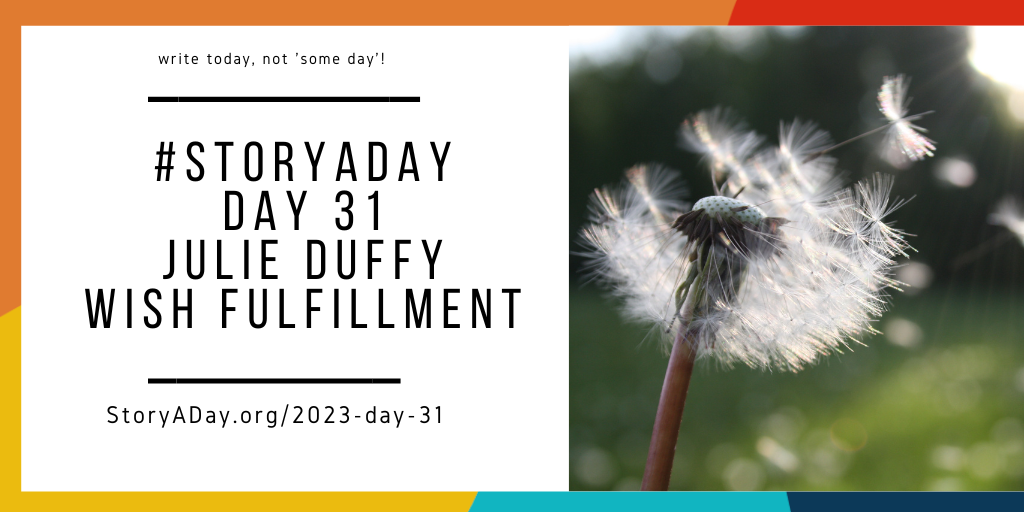
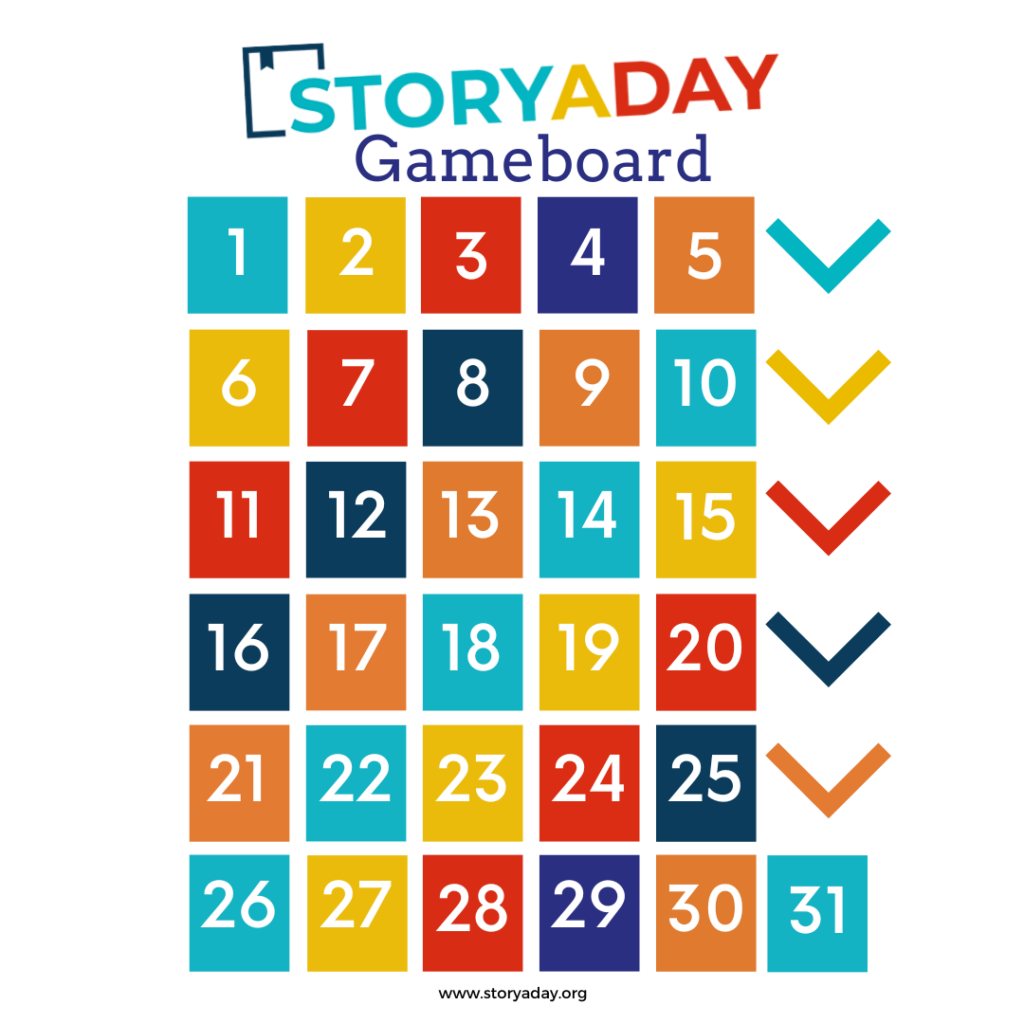
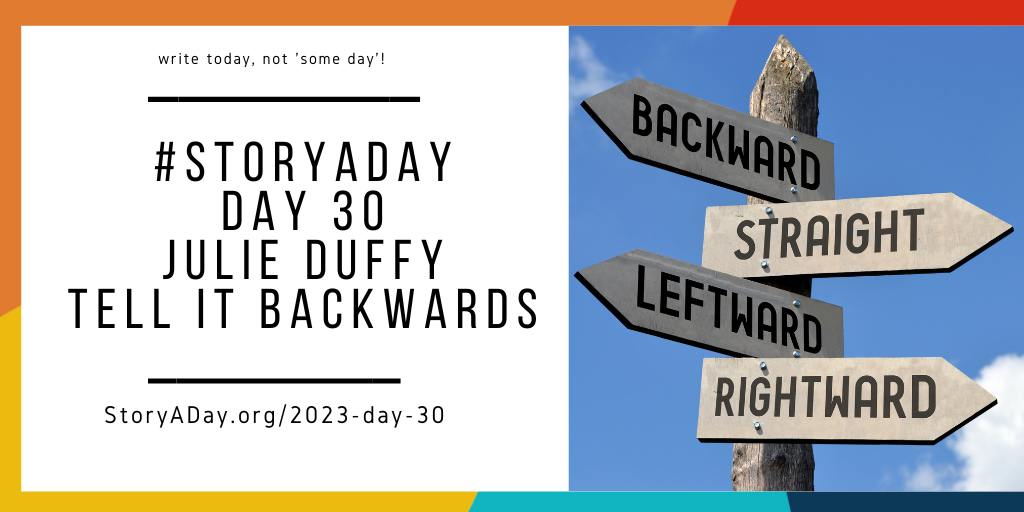



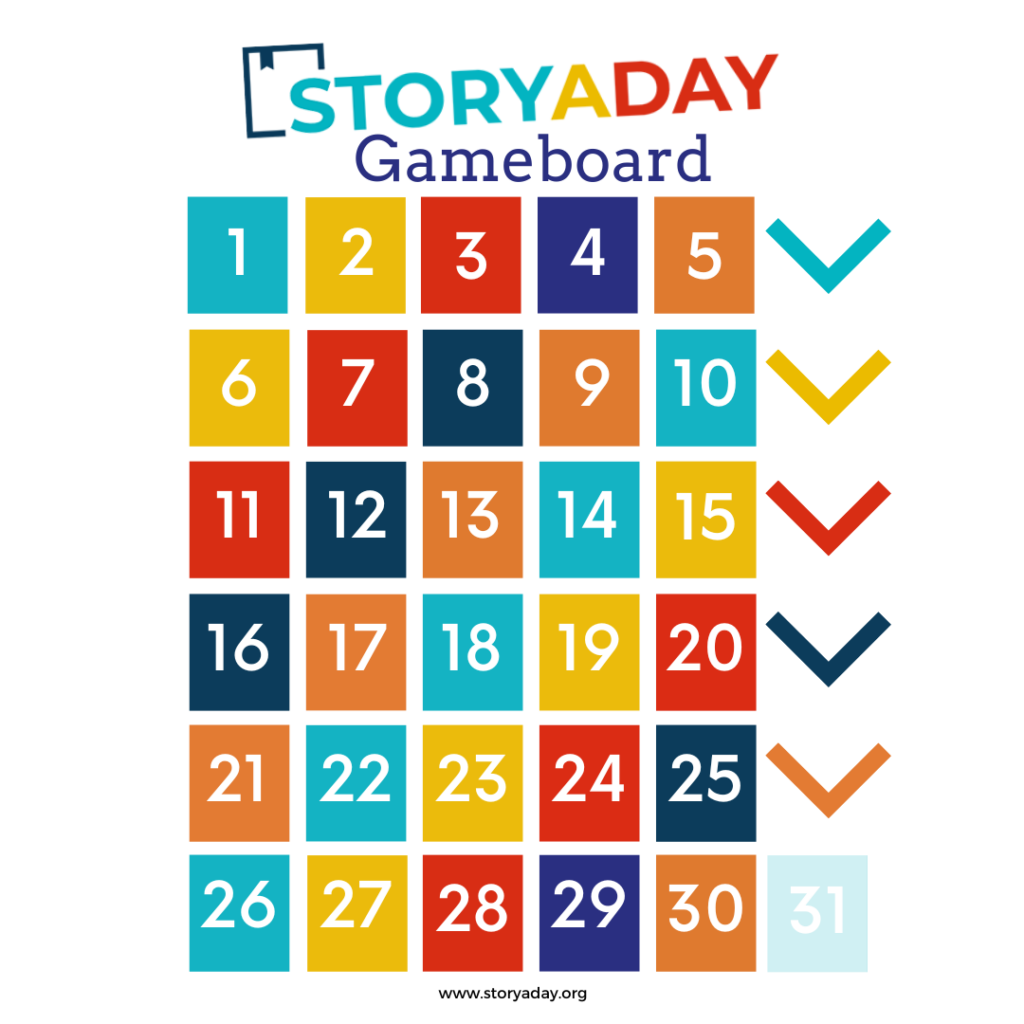

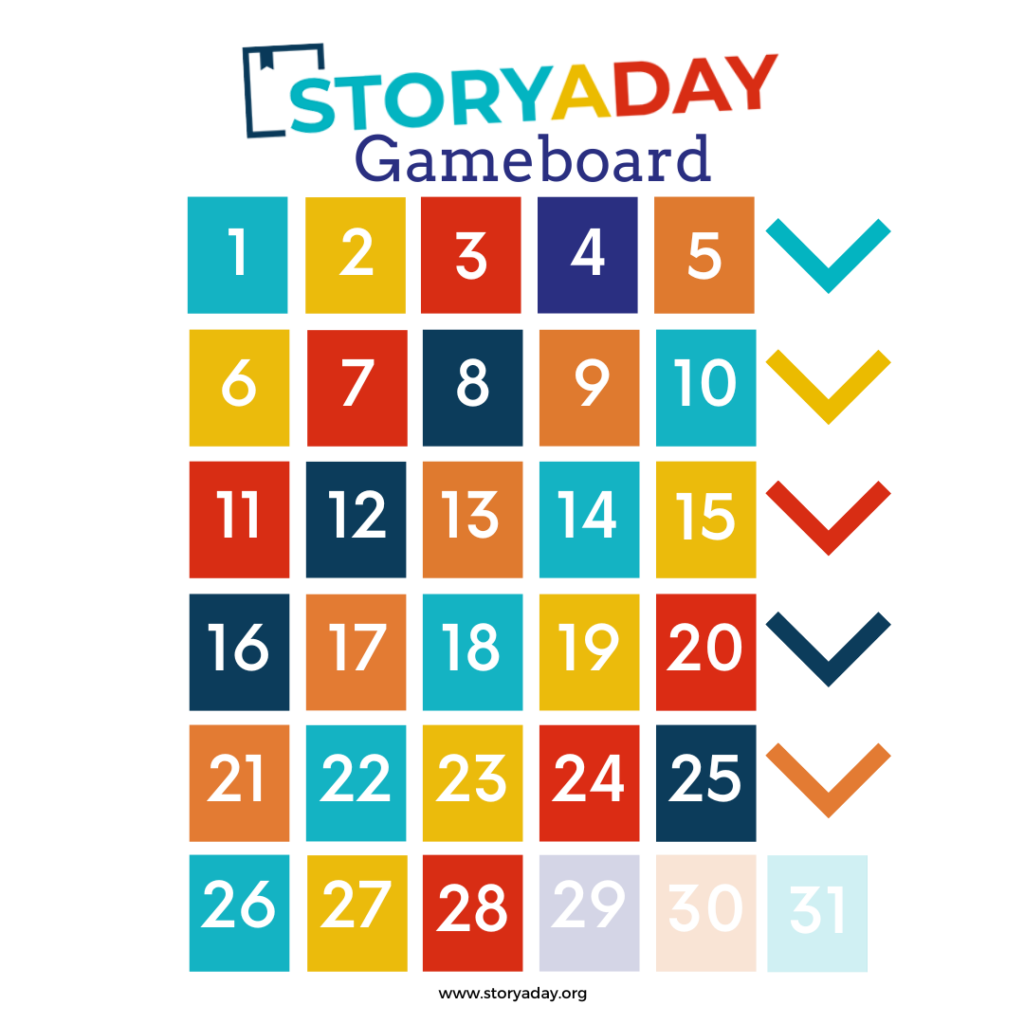

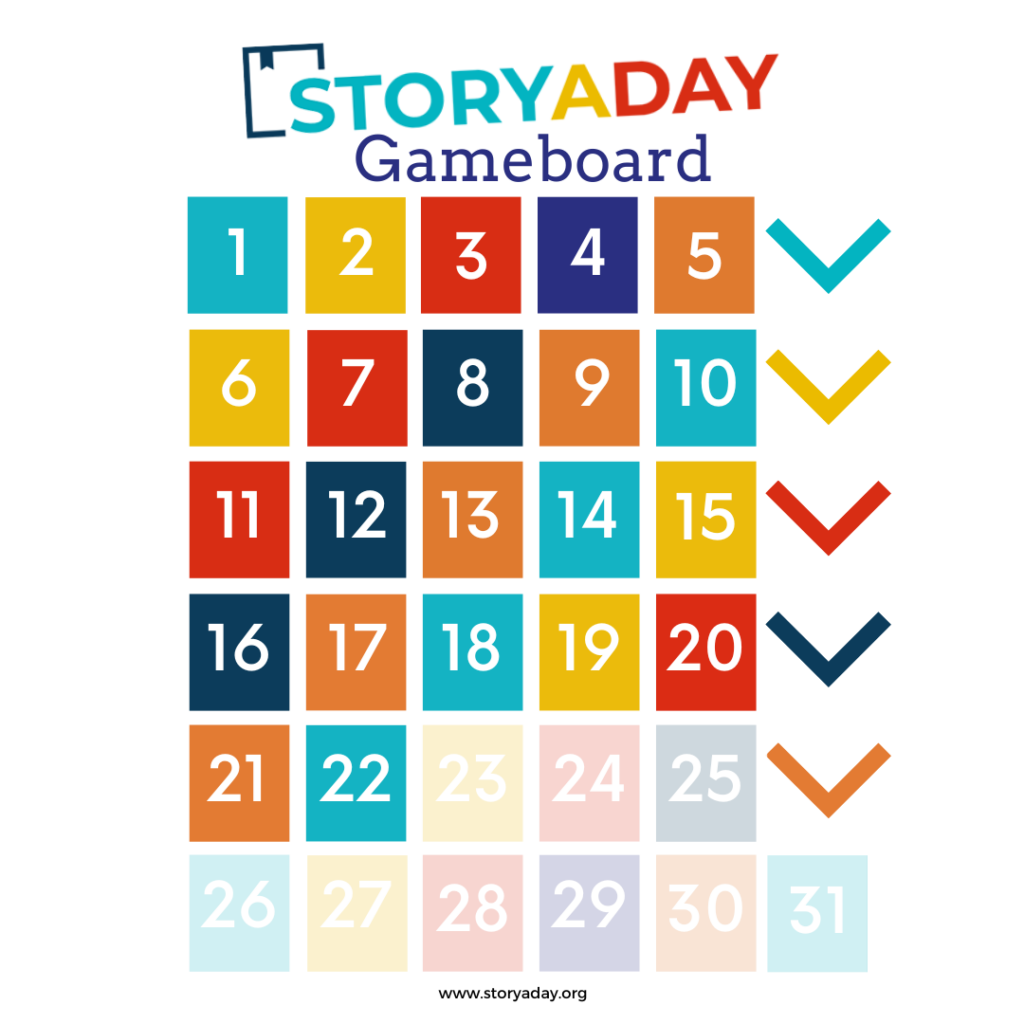
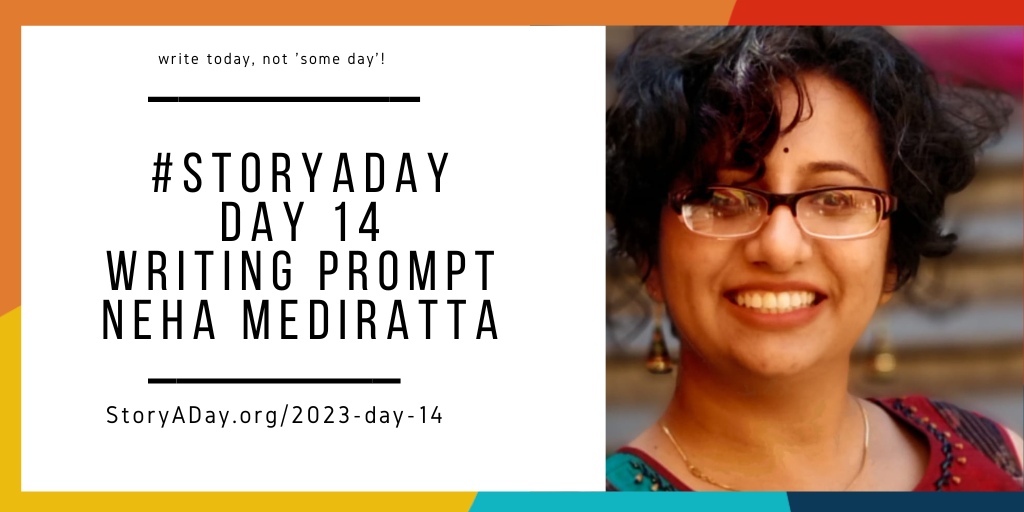
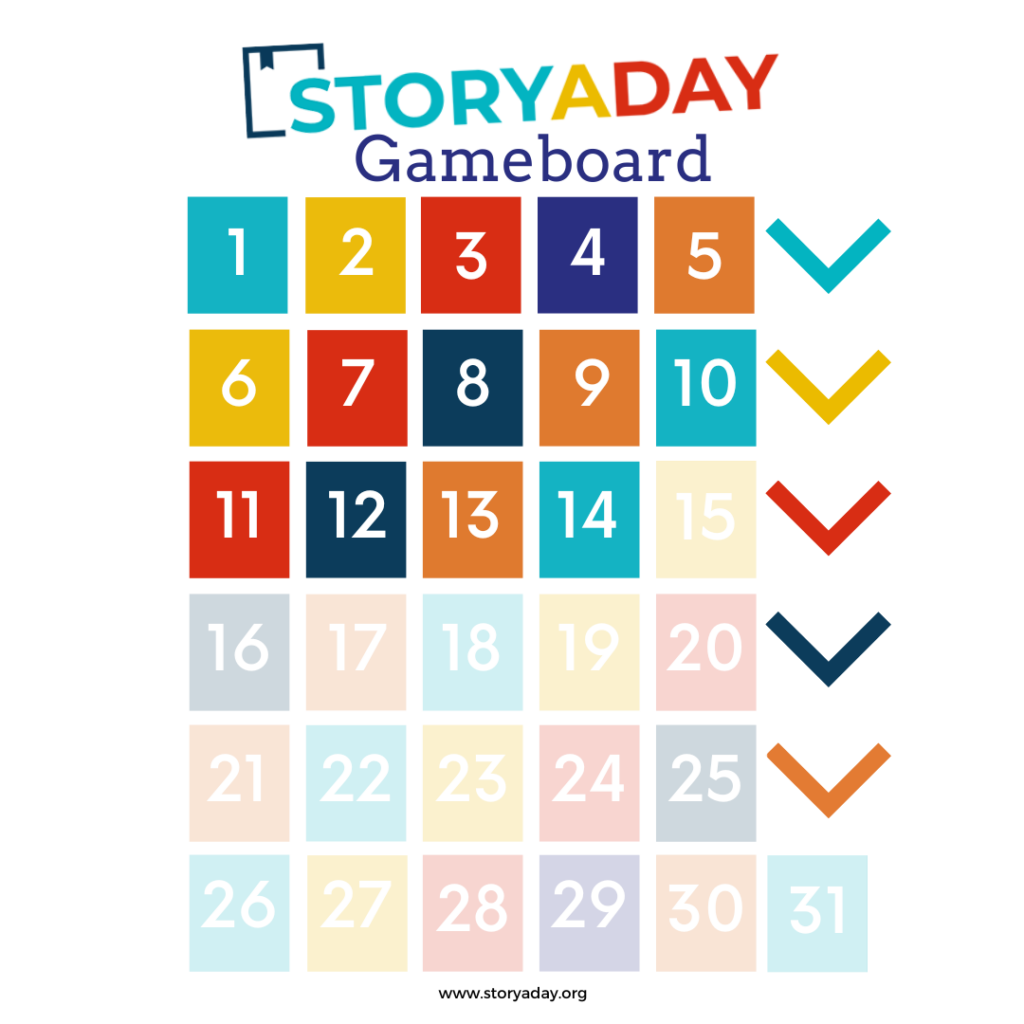
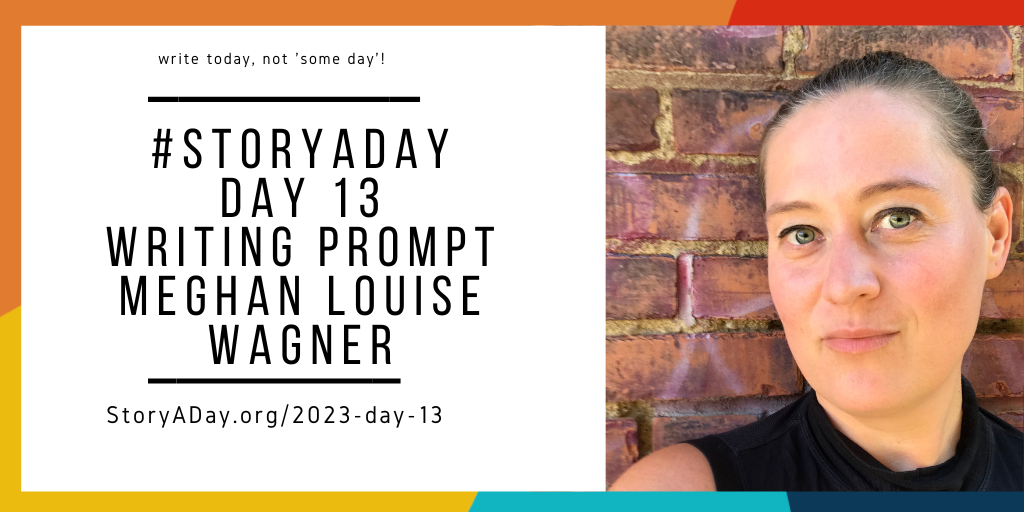
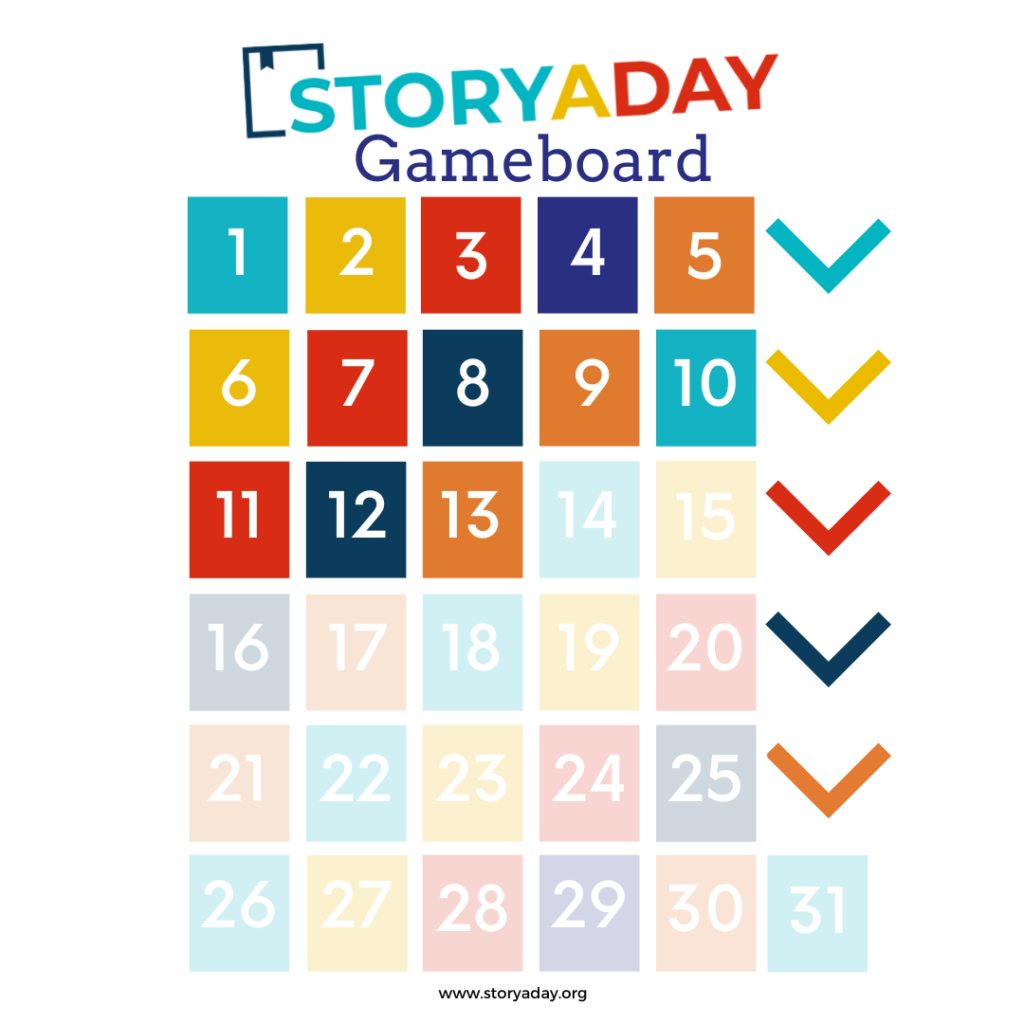

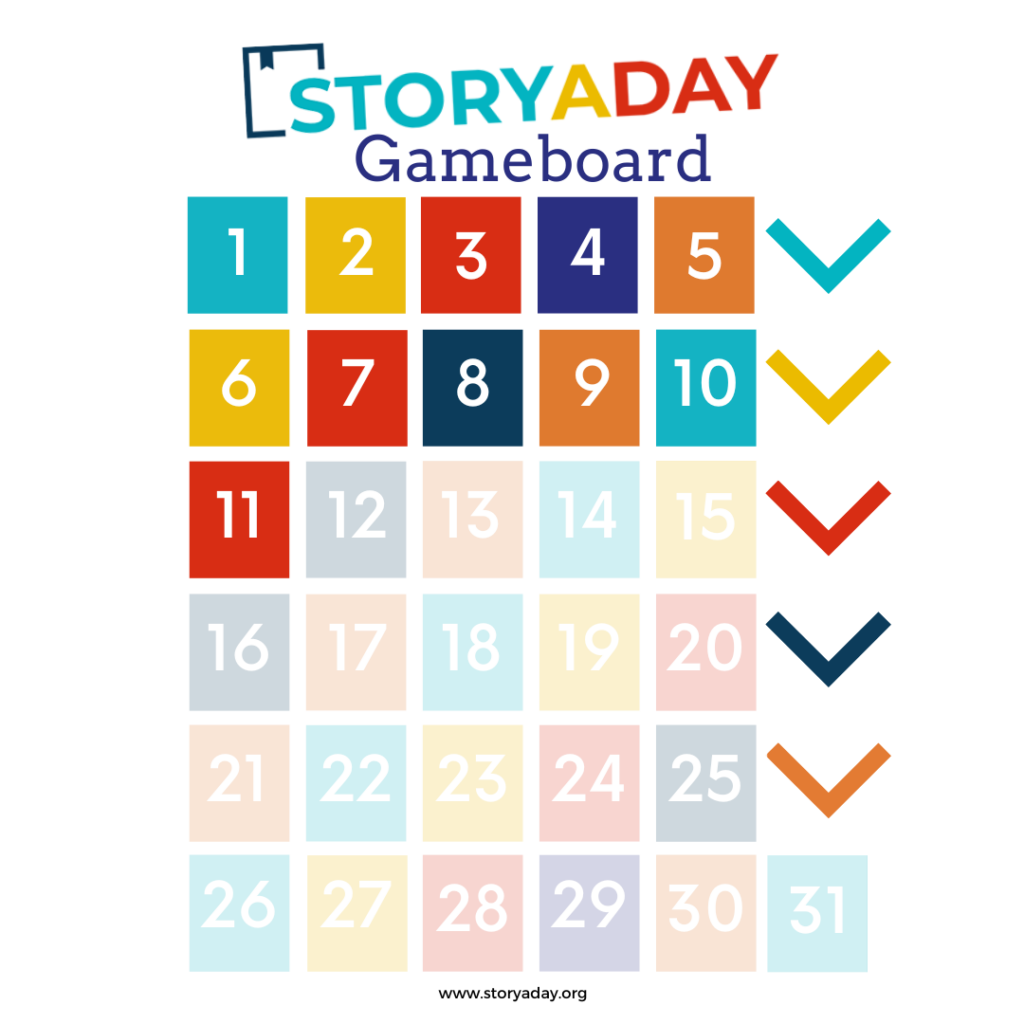
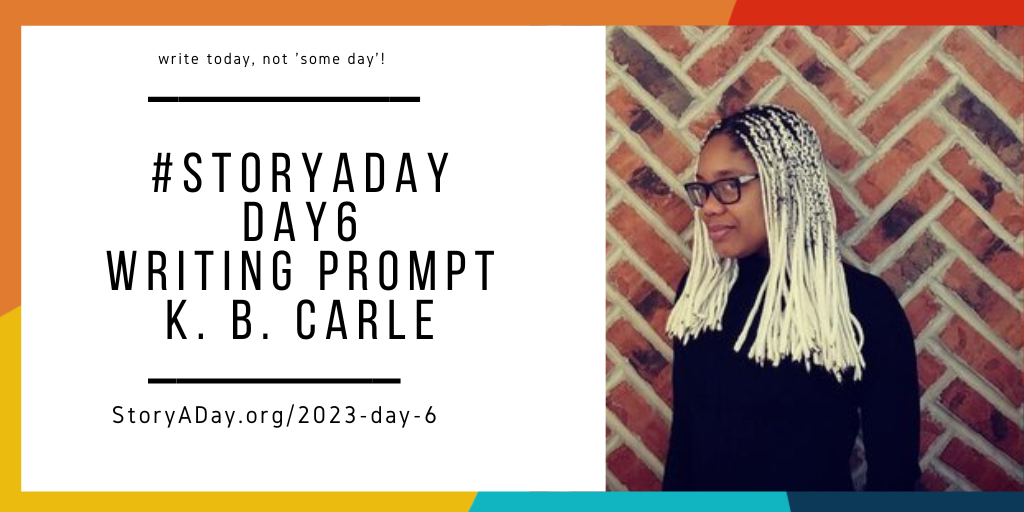

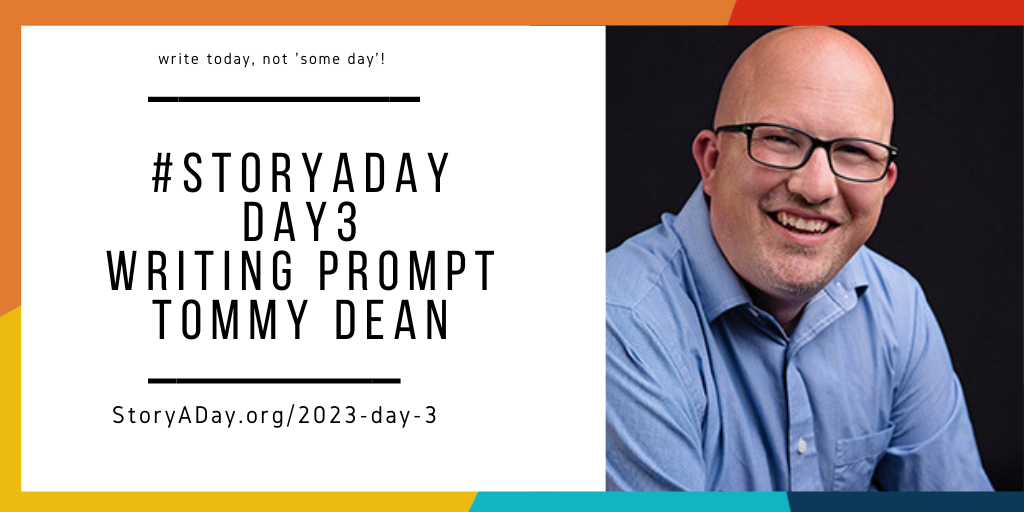
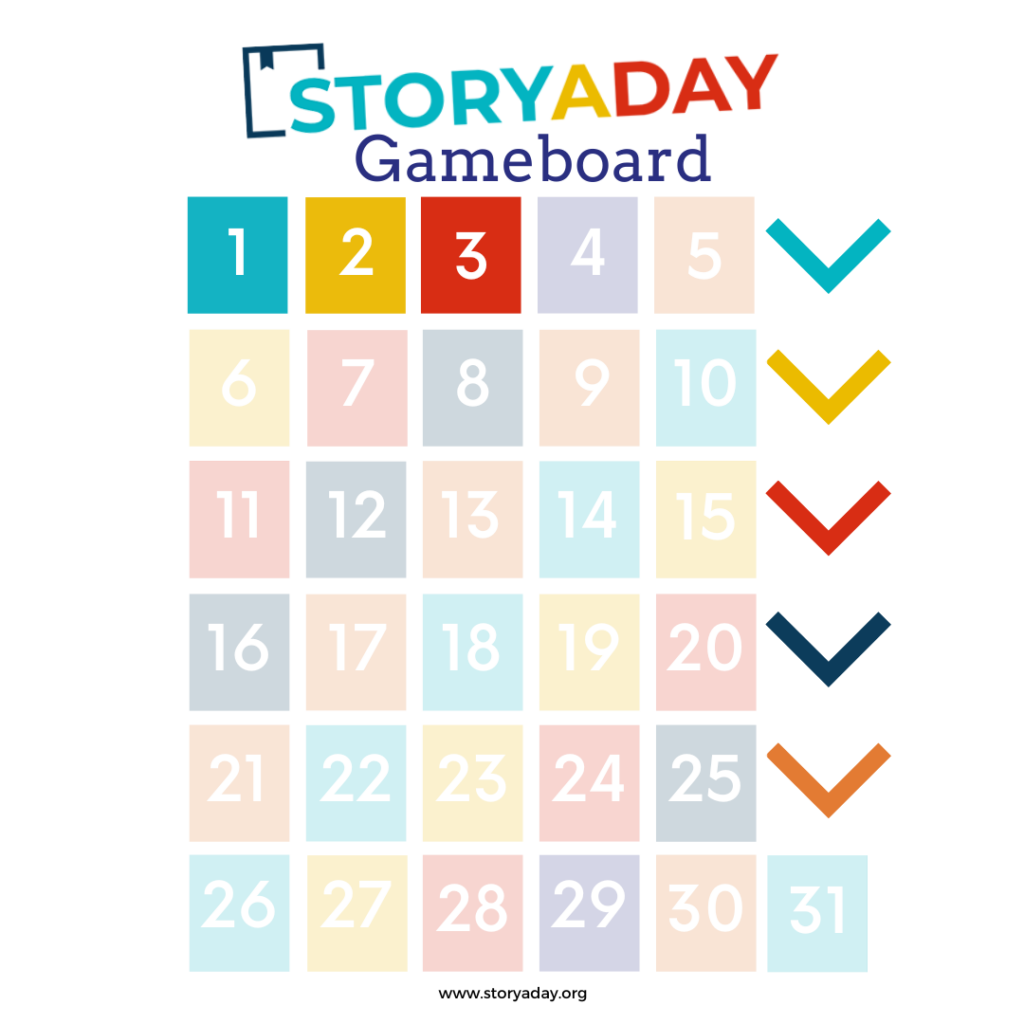
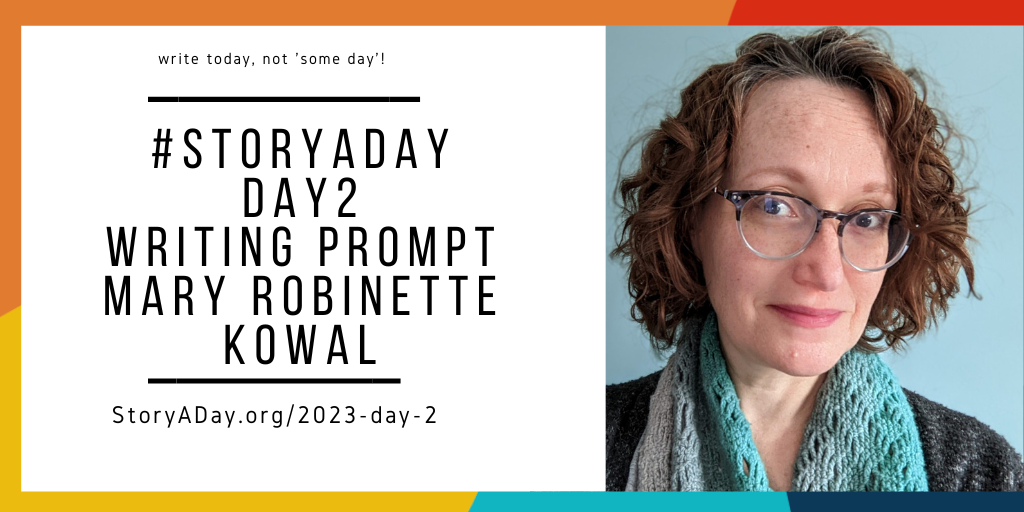
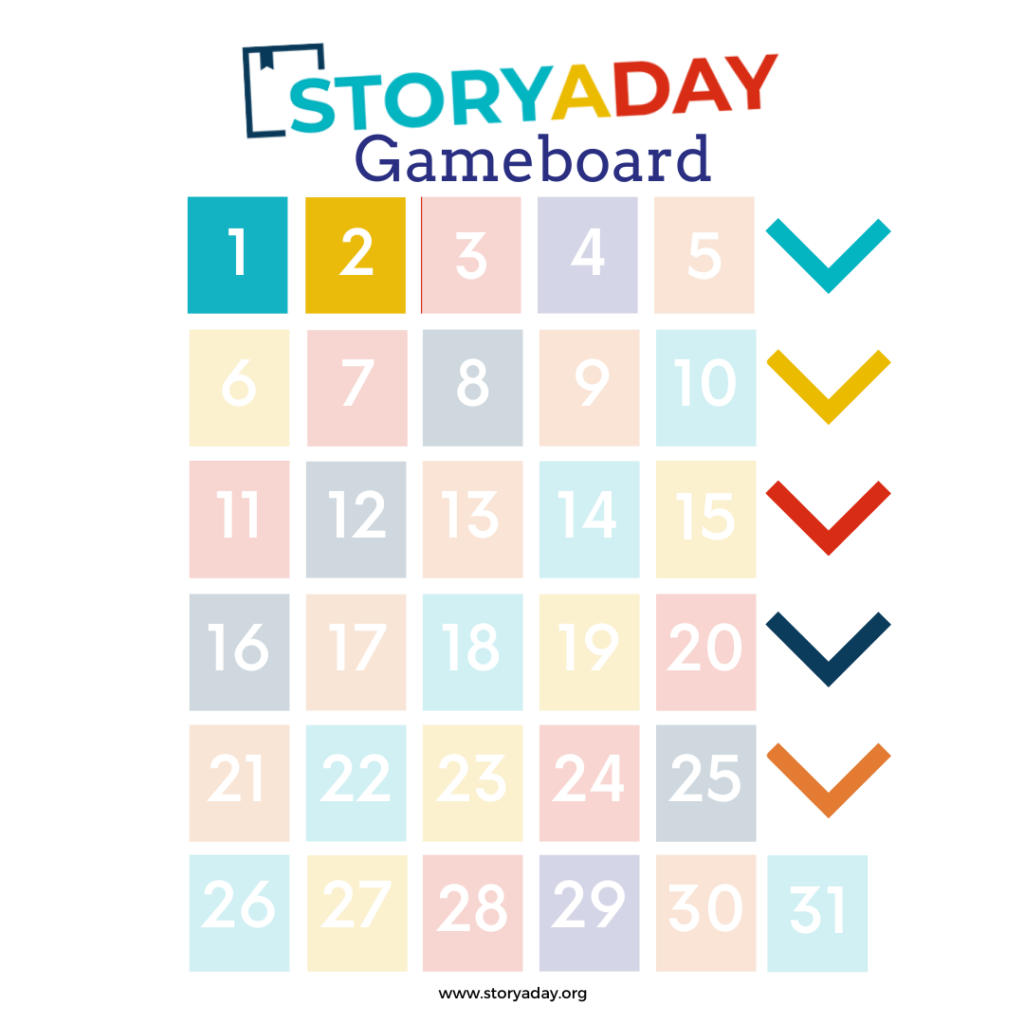



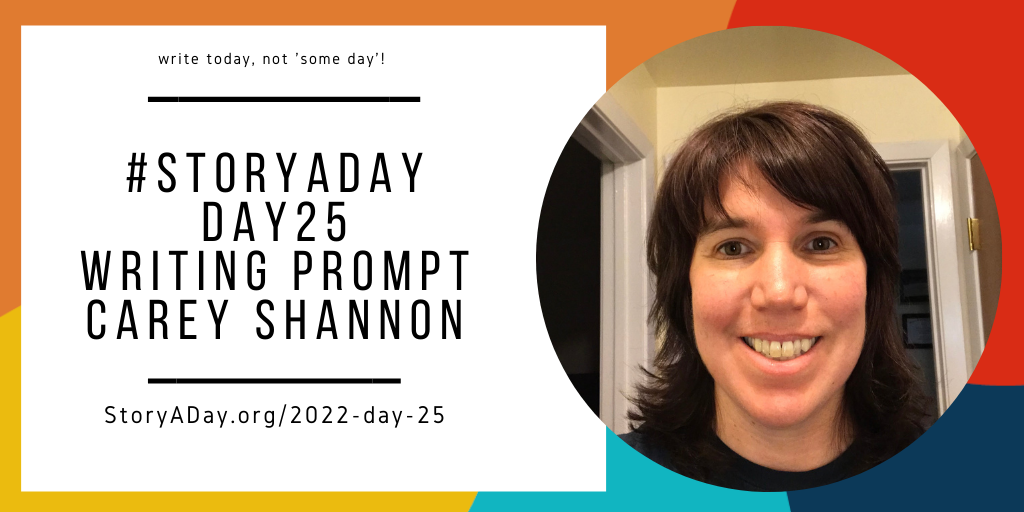

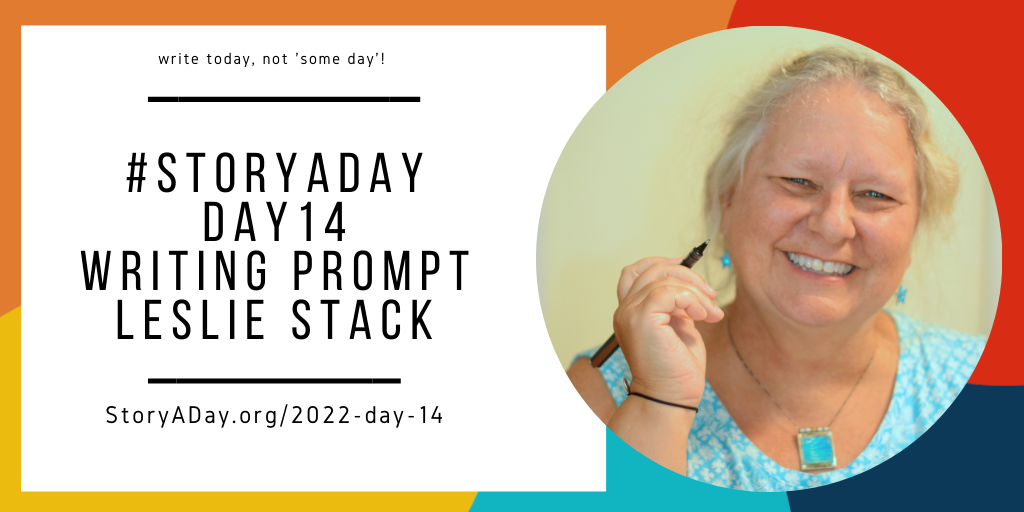

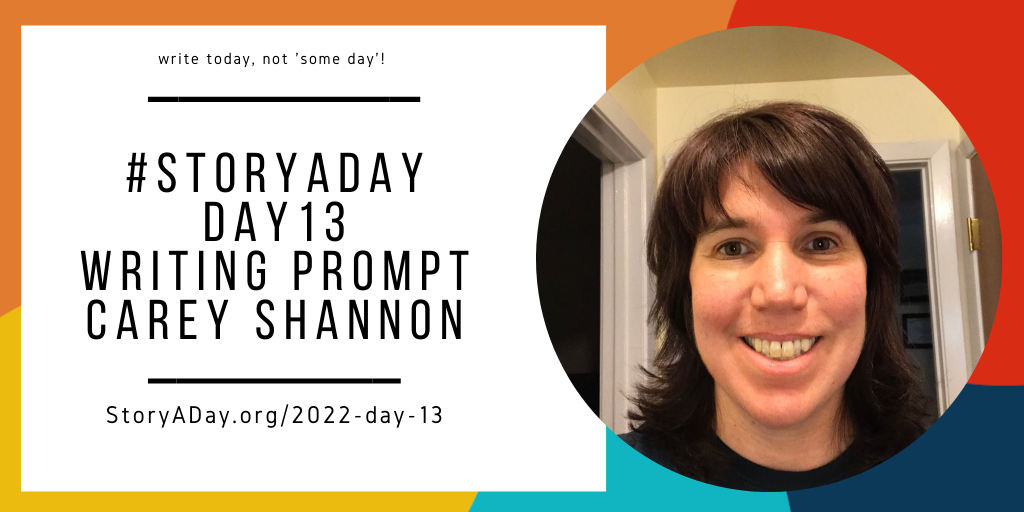

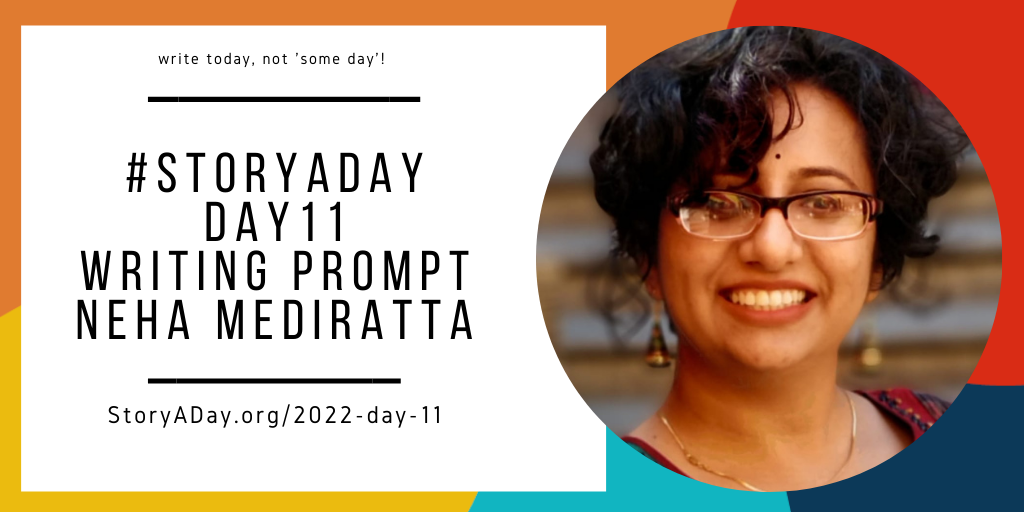

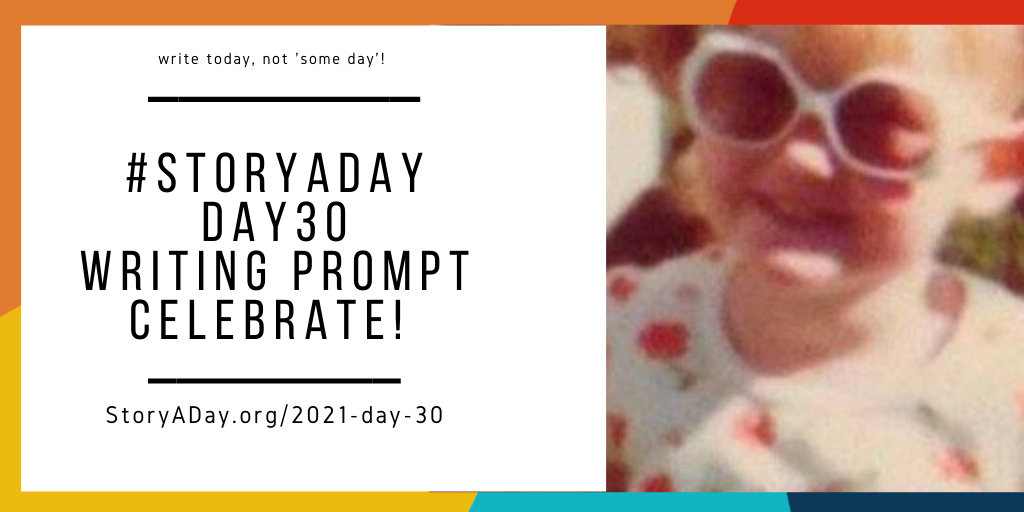



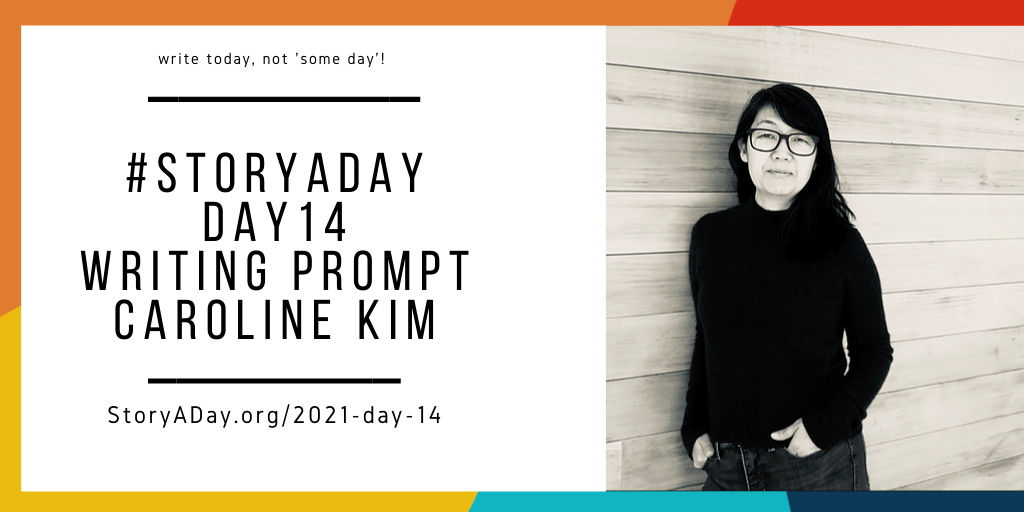

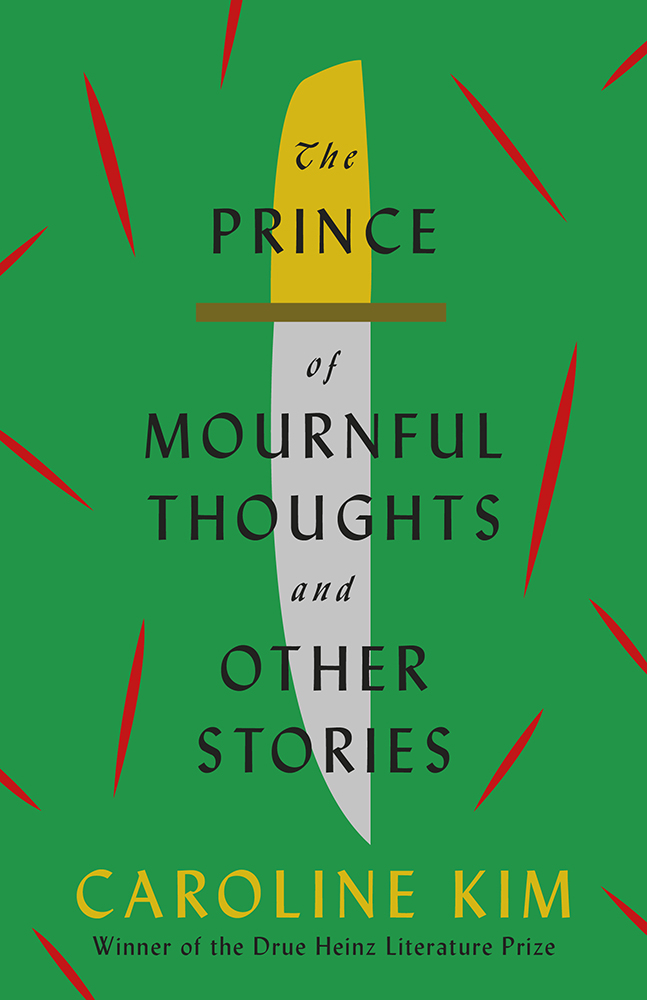
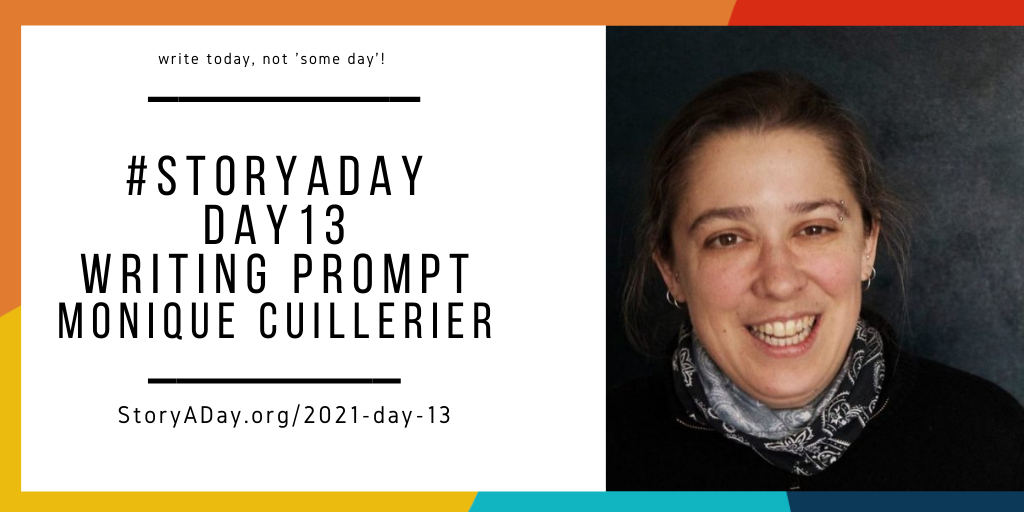

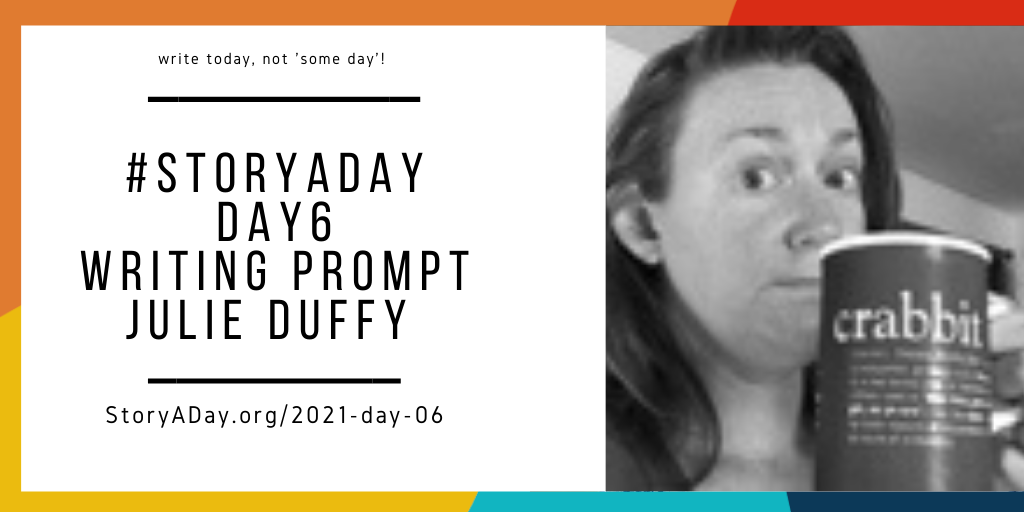
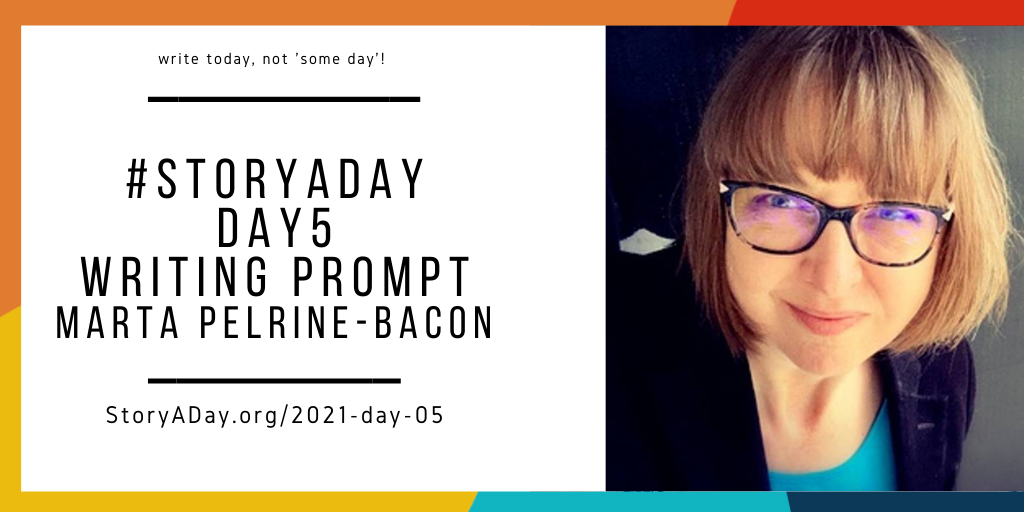



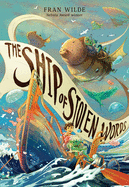





![[Write On Wednesday] Nostalgia Foods](https://storyaday.org/wp-content/uploads/2021/01/bill-craighead-rYLpb6COS_I-unsplash-2.jpg)
